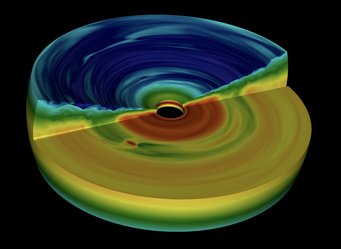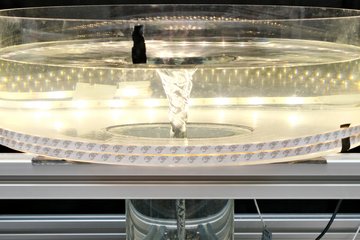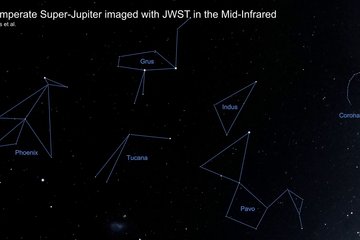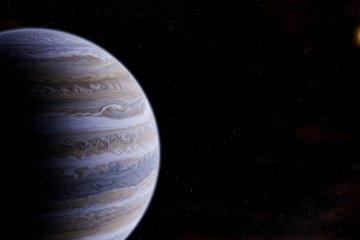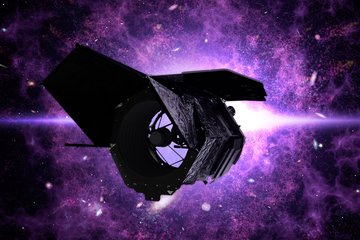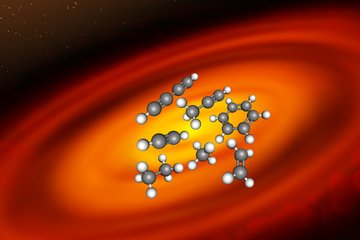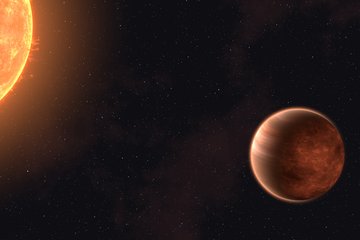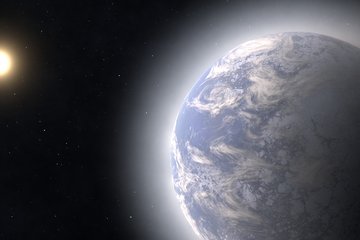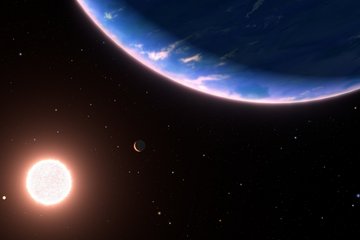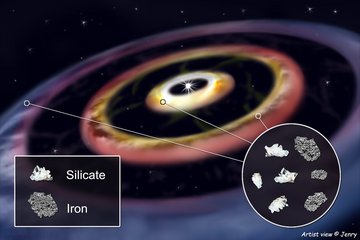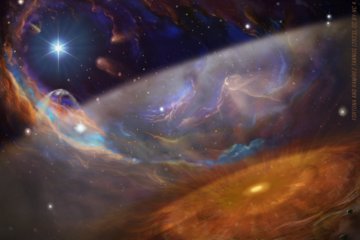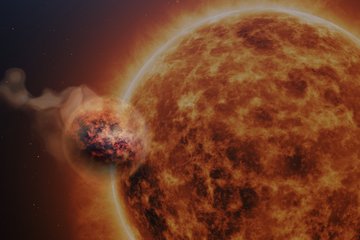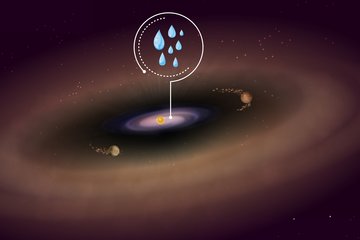Theoretical Studies on the Formation of Stars and Planets
Our theoretical research is focused on magneto and radiation hydro dynamical models for the formation of stars and planets.
The main tools in such investigations are multidimensional even self-gravitating magneto hydro dynamical codes (PLUTO and Pencil Code) of turbulent gas and embedded particles on massive parallel computers. Questions we seek to answer are: How did our solar system form and the earth come to life? How did the most massive and the smallest stars form? What is the nature and role of turbulance in the formation on planets? What is the initial mass function of the planets? At what distance to the star and with what masses are they typically born? How many stars do harbor earth sized planets at a distance to allow for the evolution of life?
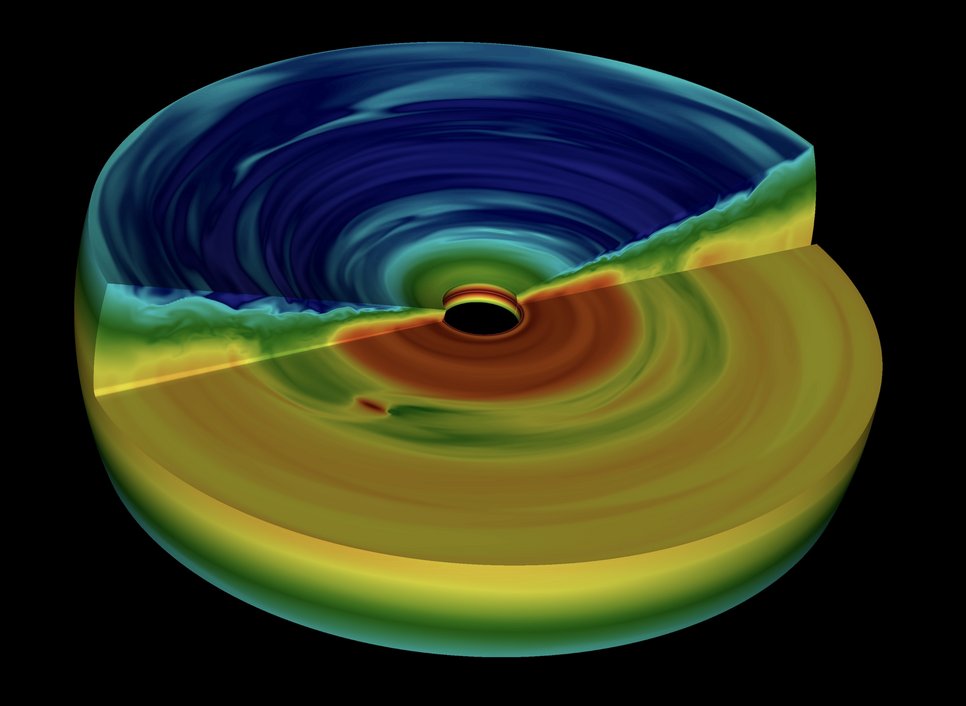
Planets form and evolve in turbulent disks around new born stars. After dust gets accumulated into cores of several earth masses, gas gets accreted onto these proto-planets until the final mass of up to hundreds of earth masses are reached. At the same time planets change their semi major axis significantly due to gravitational planet-planet and planet-disk interaction. The latter process can be studied in magneto hydrodynamical models of circumstellar disks with embedded planets.
The parameters that we derive from such simulations are the mass accretion rate onto the planet as well as the radial migration direction and speed. These values can then be used in simplified population synthesis models that produce thousands of planets from randomly chosen initial conditions. The comparison of these synthetic realizations of planetary systems with observed properties of Exo-Planets is the fundamental method in testing our understanding of the underlaying planet formation processes.
